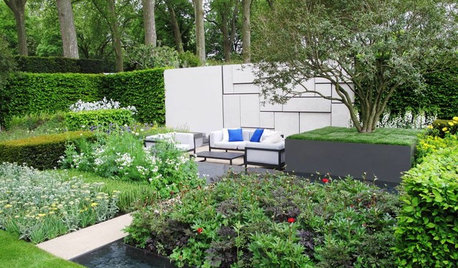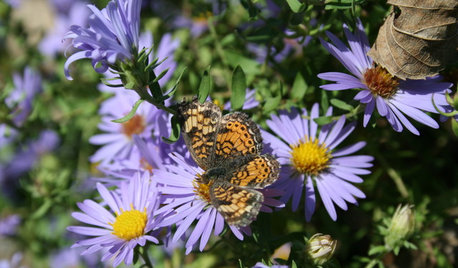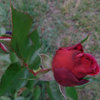G S Thomas' murrey colored rose
anntn6b
15 years ago
Related Stories

GARDENING GUIDESSee Winning Gardens From the 2015 Chelsea Flower Show
The popular annual London event showcases the best in garden design. Get inspired by these 2015 gold-medal winners
Full Story

DECORATING GUIDESGet the Look: 'Scandal' Style for a Sensationally Chic Home
Model a room after the compelling TV show for all the visual drama with none of the conflicts
Full StorySponsored
Columbus Area's Luxury Design Build Firm | 17x Best of Houzz Winner!
More Discussions









Embothrium
anntn6bOriginal Author
Related Professionals
Glen Ellyn Landscape Architects & Landscape Designers · Quincy Landscape Architects & Landscape Designers · Fort Mill Landscape Contractors · Harrisburg Landscape Contractors · Hilton Head Island Landscape Contractors · Madera Landscape Contractors · North Potomac Landscape Contractors · Ocoee Landscape Contractors · Smyrna Landscape Contractors · Streamwood Landscape Contractors · Vacaville Landscape Contractors · Watertown Landscape Contractors · Glenn Heights Swimming Pool Builders · South Glastonbury Siding & Exteriors · Yakima Siding & Exteriorsmad_gallica (z5 Eastern NY)
organic_tosca
jerijen
jon_in_wessex
anntn6bOriginal Author
jbfoodie
lemecdutex
anntn6bOriginal Author